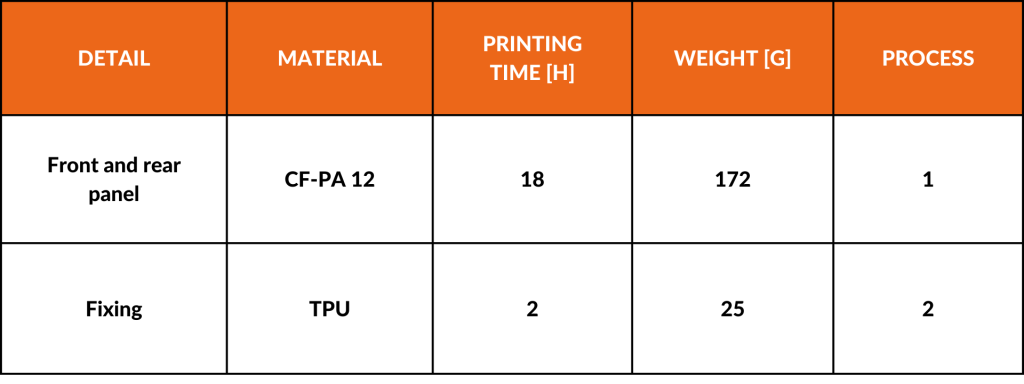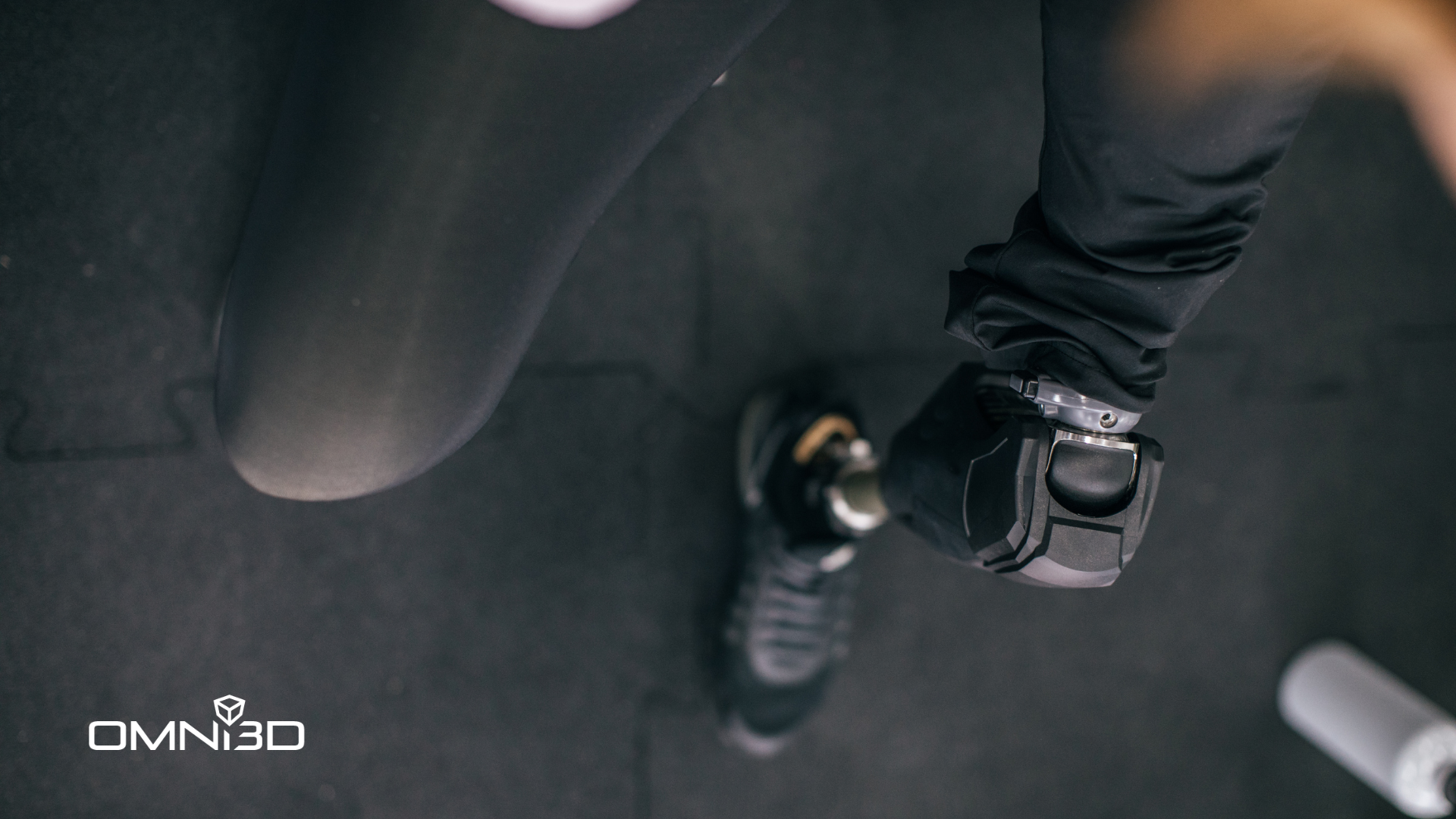3D printing in orthopedics – cosmetic coverage for lower leg prosthesis
Design Pro Technology Ltd. offers products and services in the field of human and animal orthopedic supplies. Its main field of activity is prosthetics and limb orthotics. An everyday occurrence in the company's life is the extremely precise fitting of products to the patient's anatomy, hence the need to use 3D printing technology. Since 2020, the company has been using two OMNI3D Factory 2.0 printers. The devices are used for both prototyping and making final products such as cosmetic coverings, active orthoses, and dynamic prostheses.
Challenge
The company noted that there was a strong need to personalize medical devices that patients identify with – the focus was on cosmetic covers. The covers are prosthesis covers that protect the prosthesis from the external environment, while protecting the environment from the prosthesis’ metal parts. In addition, they give shape to the missing limb and make the prosthesis less noisy. In addition to its functionality, the cosmetic covering also serves an aesthetic and self-expression function – similar to clothing. Except that the patient identifies more with his artificial leg than with his shirt, which is why personalization of products has become so important. We want the patient to proudly put on his prosthesis every day and show himself to the world in it, and 3D printing plays a key role in the process of customizing the cosmetic covering.

Application
The presented design of the cosmetic covering was created in SolidWorks software. The basis for the design was a 3D scan of the patient’s prosthesis and a 3D model scan of the lower limb. Thanks to the use of the 3D scanner, we have confidence in the fit of the covering to the prosthesis and the anatomical curves of the missing limb. Once the appropriate shape is generated, the covering is personalized to the patient’s visual preferences.
In the case, the patient is a racing driver, a fan of Japanese art and prefers dark clothing. Therefore, a geometric grid motif resembling a braided vein was the design theme. In addition, the front panel featured Japanese kanji characters symbolizing his love for cars. The rear panel, meanwhile, was marked with the company’s logo. During assembly, the front panel connects to the back panel, thereby clamping a prone attachment to the patient’s prosthesis, blocking the covering from rotating and shifting.
The full covering consists of three components, of which we can divide the printing into two processes due to the material used.

Picture 1. Finished printout of cosmetic coverage divided into two processes

Table 1. Printing parameters of cosmetic coating
Solution
No other method would have allowed efficient, small-batch production of personalized products. By using 3D printing, the manufacturing process could be shortened to a minimum, and the covering perfectly fit the shape of the patient’s prosthesis. In addition, 3D printing allowed strong personalization of the covering’s details, and the good quality of the print precluded the need for machining the part after printing.

Effect
Thanks to the use of 3D printing, the waiting time for cosmetic coverage has noticeably decreased. The introduction of the incremental method has reduced the number of people working on the implementation, as well as reduced human labor time to a minimum. However, the main positive effect remains the possibilities of personalization and rapid prototyping, which are not possible with other manufacturing technologies.

